Throughout the history of sports, African-American athletes have made significant contributions that have forever changed the landscape of sports. From breaking barriers to setting world records, their impact on sports history is undeniable. Despite facing systemic racism and discrimination, these athletes have risen to the top of their respective fields, inspiring future generations.
In this article, we will explore the remarkable achievements of African-American athletes and their enduring legacy in the world of sports.
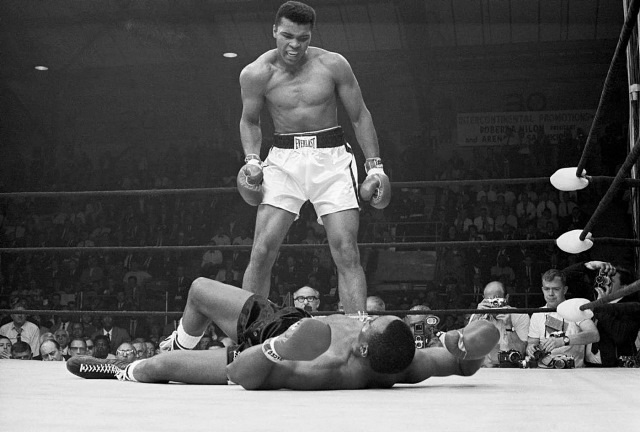
The Importance of African-American Athletes in Sports History
African-American athletes have played a pivotal role in shaping the history of sports, both in the United States and around the world. Their contributions and impact extend far beyond the playing field. They have broken barriers, set records, and inspired generations of athletes to follow in their footsteps.
Perhaps most importantly, African-American athletes have used their platform to promote social change and advocate for civil rights.
Icons such as Muhammad Ali, Tommie Smith, John Carlos, and Colin Kaepernick have used their fame and influence to draw attention to such topics as racial inequality, police brutality, and the struggle for human rights. Their willingness to speak out against injustice and oppression has helped raise awareness and inspire action within the sports community and beyond.
Furthermore, the success of African-American athletes has challenged long-standing stereotypes and prejudices. This has helped to promote greater diversity and inclusivity in sports. Their achievements have opened doors for future generations of athletes, regardless of race or ethnicity, and helped to create a more level playing field for all.
Breaking Barriers
For many years, sports in the United States were segregated. African-Americans and other people of color were barred from participating in many sports. Or only allowed to compete in separate leagues or teams.
It was only through the tireless efforts of pioneers like Jackie Robinson (the first African-American player to break the color barrier in Major League Baseball in 1947) that these discriminatory practices were brought to an end.
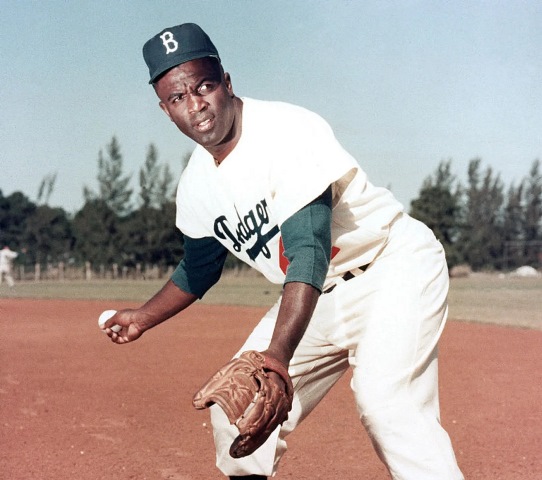
Robinson’s success paved the way for other African-American athletes to follow in his footsteps. These include athletes in other sports, such as the National Football League, the National Basketball Association, and the Olympics.
However, it was not just the professional ranks where African-Americans faced barriers. They were also prevented from participating in amateur sports and enjoying higher education opportunities.
Title IX and Its Impact on Women’s Athletics
Title IX is a federal law passed in 1972 to promote gender equality in education, including athletics. The law states that no person shall be discriminated against based on sex in any educational program or activity that receives federal funding.
This law significantly impacted women’s athletics, as it mandated that schools provide equal opportunities for female athletes.
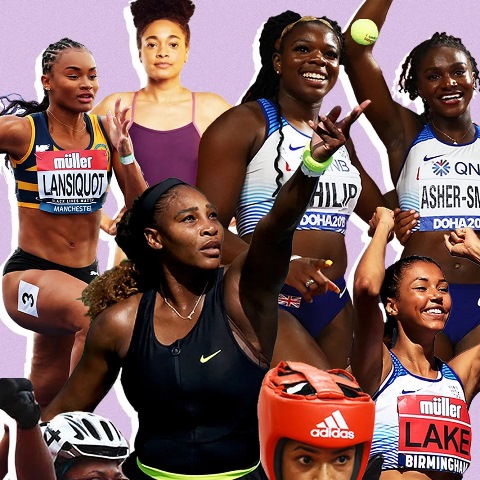
Before Title IX was passed, women’s athletics was severely underfunded and underrepresented. Women’s sports teams were often treated as second-class citizens, with little to no equipment, facilities, or coach funding.
Women’s sports were not given the same level of attention or coverage as men’s sports, and female athletes had limited opportunities to compete at the college level.
Title IX changed all of that. With its passage, schools were required to provide equal opportunities for female athletes regarding funding, facilities, equipment, and coaching.
This meant that women’s sports teams could now compete on a level playing field with men’s sports teams. Female athletes now had the same opportunities to succeed and to earn scholarships as their male counterparts.
The impact of Title IX on women’s athletics has been significant. Since the law was passed, the number of female high school and college athletes has increased dramatically.
Title IX at the Grassroots
At the college level, the impact of Title IX has been even more significant. Women’s sports teams now receive funding, scholarships, and opportunities to compete at the same level as men.
Title IX has also affected the success of women’s athletics. Since the law was passed, female athletes have won numerous Olympic medals, World Championships, and other major competitions. Women’s sports teams have gained widespread popularity and media attention, with many female athletes becoming household names.
However, despite the progress made since the passage of Title IX, there is still work to be done. Female athletes still face many challenges, including gender bias, unequal pay, and lack of representation in leadership positions.
We Design & Develop Websites, Android & iOS Apps
Looking to transform your digital presence? We specialize in creating stunning websites and powerful mobile apps for Android and iOS. Let us bring your vision to life with innovative, tailored solutions!
Get Started TodayAdditionally, many female athletes still struggle to gain the same level of media attention and sponsorship deals as male athletes.
African-American Athletes Setting Sports Records
African-American athletes have also left their mark on the world of sports through their record-breaking performances.
One of the most iconic examples of this is Jesse Owens, who set a world record in the long jump at the 1936 Berlin Olympics, despite competing in the face of Adolf Hitler’s “Aryan supremacy” propaganda.
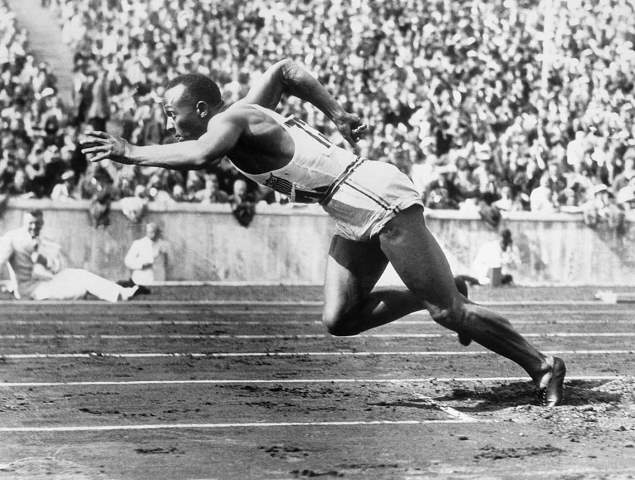
Owens’ four gold medals in track and field were a powerful symbol of African-American excellence. And his achievement defied the notion of racial superiority that was so prevalent at the time.
Wilma Rudolph was another African-American athlete who set records and broke barriers. Rudolph was the first American woman to win three gold medals in a single Olympic Game.
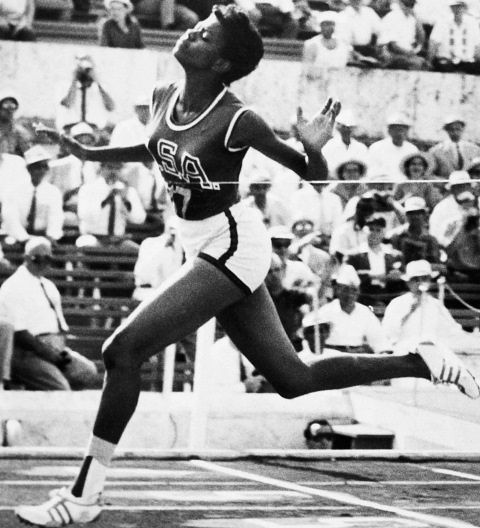
She achieved this feat in the 1960 Rome Olympics. Rudolph’s remarkable triumphs in track and field helped to pave the way for future generations of African-American female athletes.
Michael Jordan also achieved legendary status through record-breaking performances. Jordan is widely considered one of the greatest basketball players of all time. And his impact on the sport is still felt today. His iconic “Jumpman” logo is recognized worldwide, and he helped popularize basketball in countries where it was previously an obscure sport.
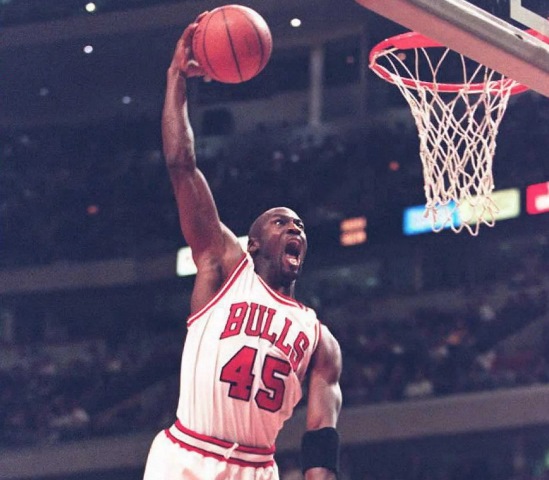
Leadership and Activism
African-American athletes have also been leaders in the fight for social justice and civil rights. Muhammad Ali was one of the most iconic and influential athletes of the 20th century. He was a boxing legend and an outspoken activist who used his platform to advocate for civil rights, oppose the Vietnam War, and promote racial equality.
Tommie Smith and John Carlos are well-known examples of African-American athletes who used their platforms to promote social change. In the 1968 Mexico City Olympics, Smith and Carlos raised their fists in a Black Power salute during the medal ceremony for the 200-meter race. This single act drew attention to the ongoing struggle for civil rights and equality.
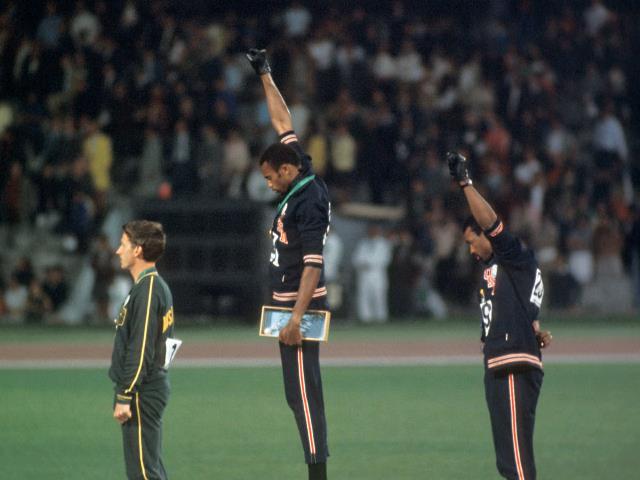
Despite facing criticism, their protest helped to raise awareness and inspire others to join the fight for social justice.
More recently, Colin Kaepernick’s decision to kneel during the national anthem before NFL games sparked a nationwide debate about police brutality and racial inequality.
Although Kaepernick faced immense backlash for his protest, his actions helped to raise awareness and galvanize support for the Black Lives Matter movement. Kaepernick’s activism inspired other athletes to speak out about social justice issues and use their platforms to promote change.
Inclusivity and Diversity
African-American athletes’ success has helped promote greater inclusivity and diversity in sports. By breaking down barriers and achieving success in their respective fields, these athletes have inspired future generations of athletes from all backgrounds to pursue their dreams.
Serena Williams is one of the most successful tennis players of all time, and her success has helped to break down barriers for women and people of color in the sport.
Williams has won 23 Grand Slam singles titles, more than any other player in the Open Era, and has used her platform to promote gender equality and racial justice.
Simone Biles is another African-American athlete who has significantly impacted sports history. Biles is widely considered one of the greatest gymnasts of all time, and her success has helped break down barriers for women and people of color in the sport.
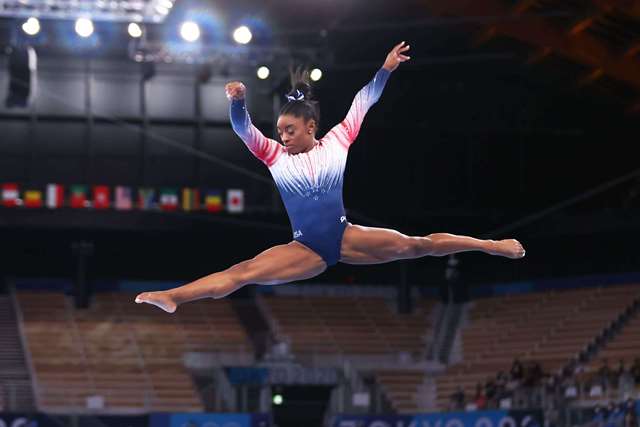
Biles has won 30 Olympic and World Championship medals, including 19 gold medals. Additionally, she has used her platform to promote mental health awareness and challenge gender norms in sports.
We Design & Develop Websites, Android & iOS Apps
Looking to transform your digital presence? We specialize in creating stunning websites and powerful mobile apps for Android and iOS. Let us bring your vision to life with innovative, tailored solutions!
Get Started TodayThe Struggle by African-American Athletes in Sports Continue
Although the fight for equality and social justice is far from over, the achievements of African-American athletes in sports history serve as a powerful reminder of the progress that has been made and the work that still needs to be done.
Discrimination and bias continue to impact athletes of all backgrounds, and major disparities in access to resources and opportunities remain.
One area where progress is still needed is in addressing the pay gap between male and female athletes. According to Forbes, one of the top 10 highest-paid male athletes in the world earned $1.05 billion in 2020.
On the other hand, the highest-paid female athlete earned just $51.1 million in 2022. This gap is even more pronounced in team sports, where male athletes often earn significantly more than their female counterparts.
Another area where progress is needed is promoting greater diversity and inclusivity in sports leadership. Although some strides have been made in recent years, women and people of color are still vastly underrepresented in coaching and leadership positions at all levels of sports.
There have also been important conversations around mental health and wellness in sports. Athletes are increasingly speaking out about the pressures and stress they face and advocating for greater support and resources for mental health.
Read: Fantasy Sports 101: A Beginner’s Guide to the Basics
Before you go…
Hey, thank you for reading this blog to the end. I hope it was helpful. Let me tell you a little bit about Nicholas Idoko Technologies. We help businesses and companies build an online presence by developing web, mobile, desktop, and blockchain applications.
We also help aspiring software developers and programmers learn the skills they need to have a successful career. Take your first step to becoming a programming boss by joining our Learn To Code academy today!
Put Your Tech Company on the Map!
Get featured on Nicholas Idoko’s Blog for just $200. Showcase your business, boost credibility, and reach a growing audience eager for tech solutions.
Publish Now










